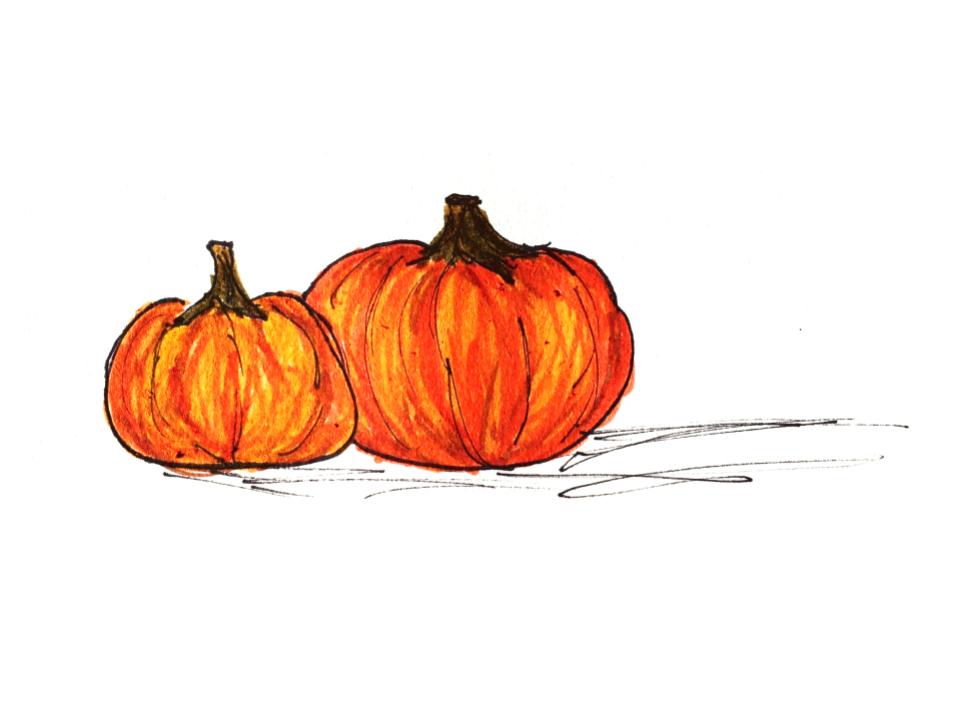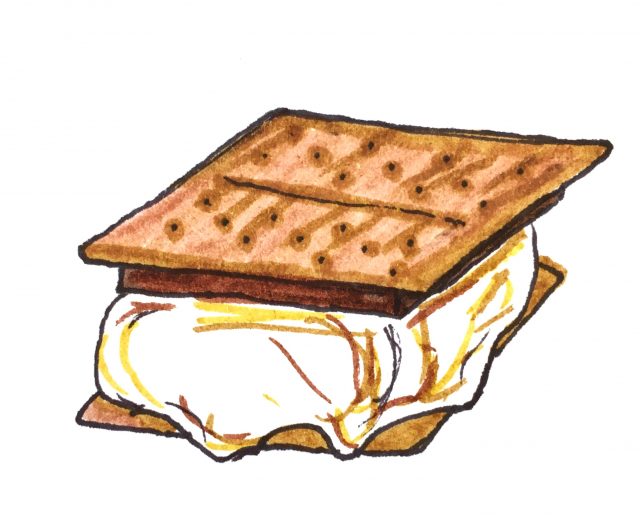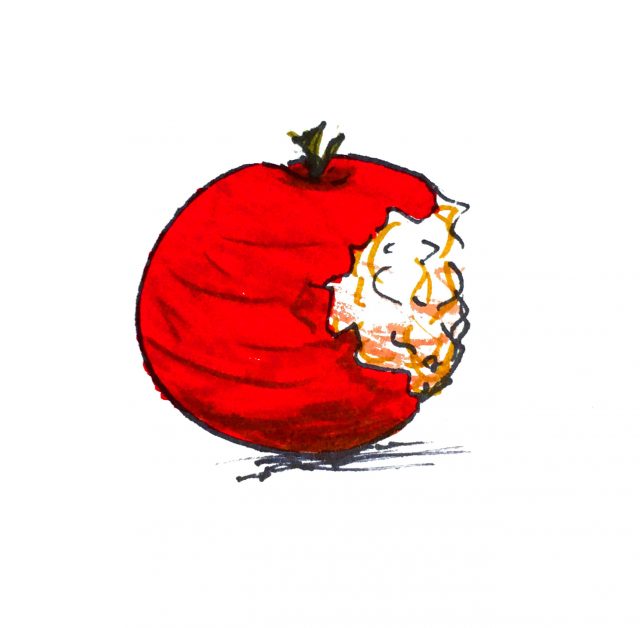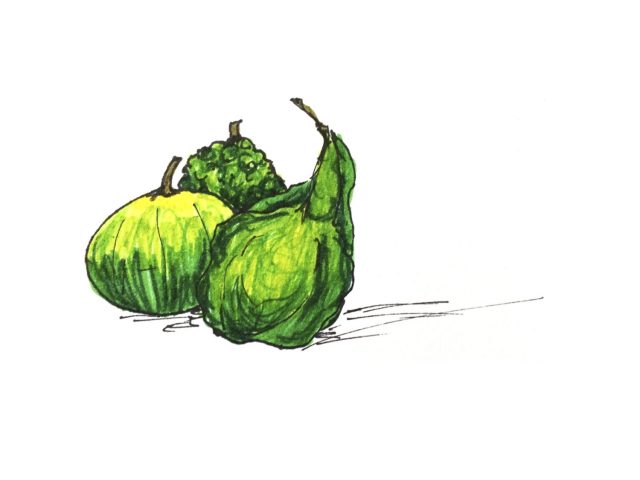In the pumpkin story children are asked to devise strategies for counting collections up to 20. Children are presented with a problem that involves keeping track of pumpkins as more and more arrive and are added to a growing pile. There is a reason to keep track: They have room for no more than 20 pumpkins. In the math story farmers, who have been promised that they will sell some pumpkins, keep arriving and children must figure out how many pumpkins they can buy without going over 20. Not only are counting strategies needed, children need to represent a problem involving repeated additions to a quantity that has a fixed limit. This means looking at the difference between 20 and how many they have; it involves dividing the remaining “space” in a way that satisfies the promise made to farmers. This is a dynamic problem that can be solved in many ways.
The Pumpkins Story: Collections to 20




